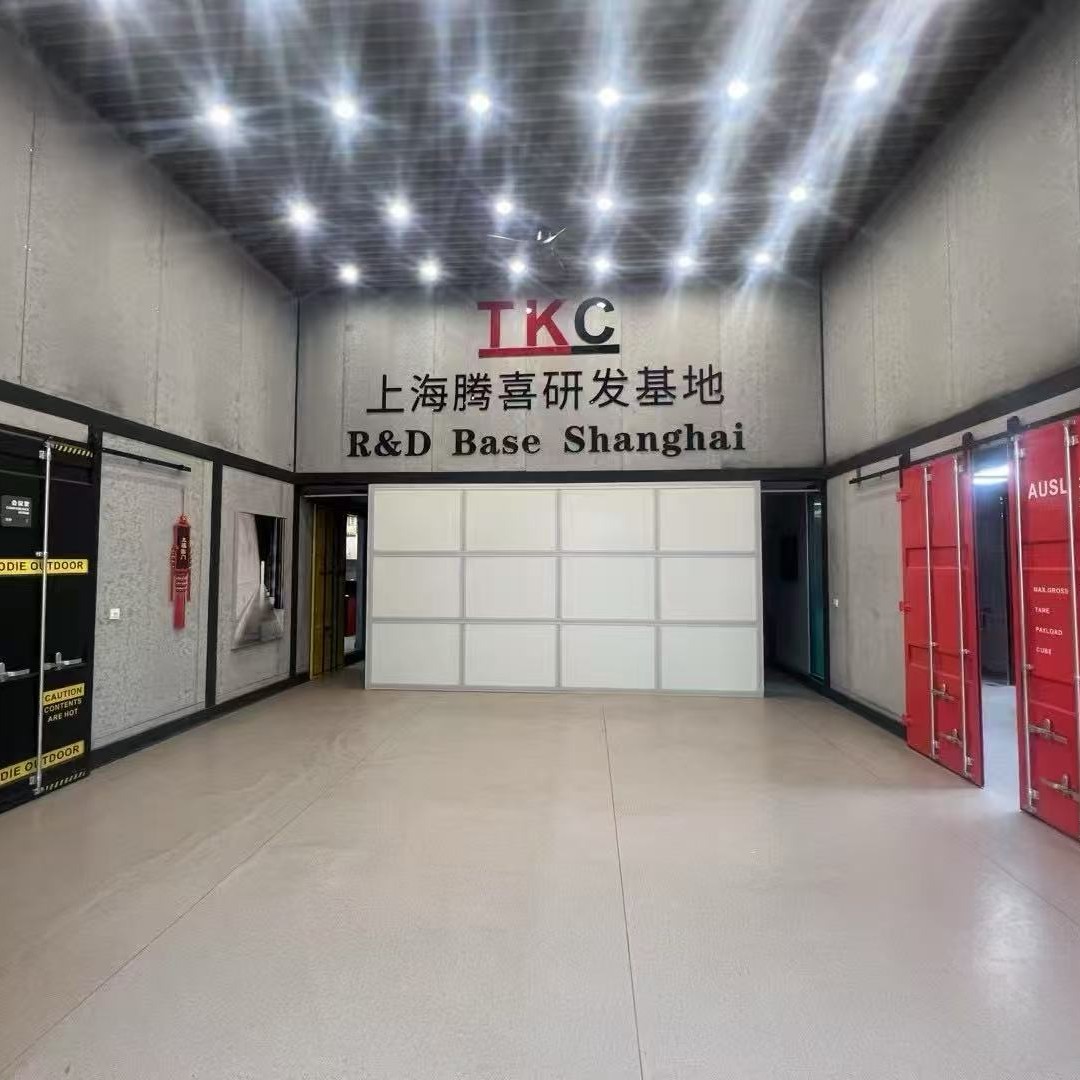AI数据中心_可验证的安全底座
[…]
SEE MORE上海腾喜建筑⼯程有限公司(TKC)成⽴于2005年,总部位于上海,专注于为⽯油化⼯、新能源、半导体及公共建筑等⾼⻛险⾏业提供防⽕与防爆⼀体化⼯程解决⽅案。
公司以严谨的⼯程精神和国际化标准为核⼼,从材料甄选、精密制造到测试验证,构建设计—施⼯—维护全⽣命周期的防护体系,确保在极端环境下依然实现“安全不失效”。



2025年12月,香港宏福苑公共屋邨突发大火。火势沿着管线井、楼板缝隙高速窜升,数分钟内整栋大楼被浓烟封锁,居民仓皇逃生。事后调查却给出 […]
SEE MOREInnovation for Growth
Safety for Joy
